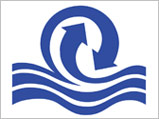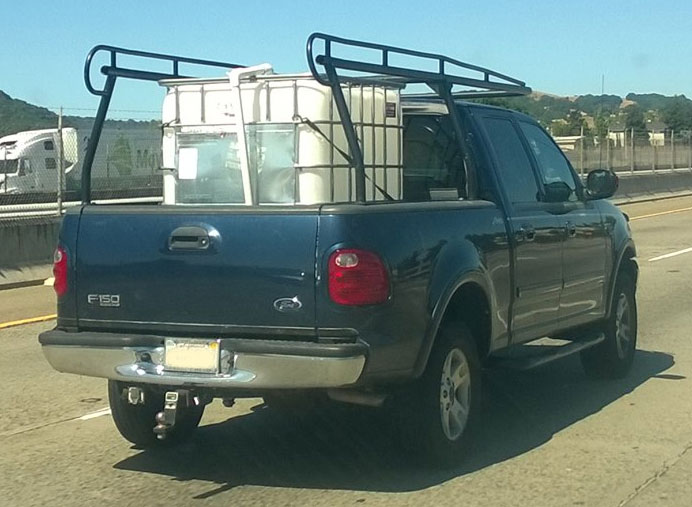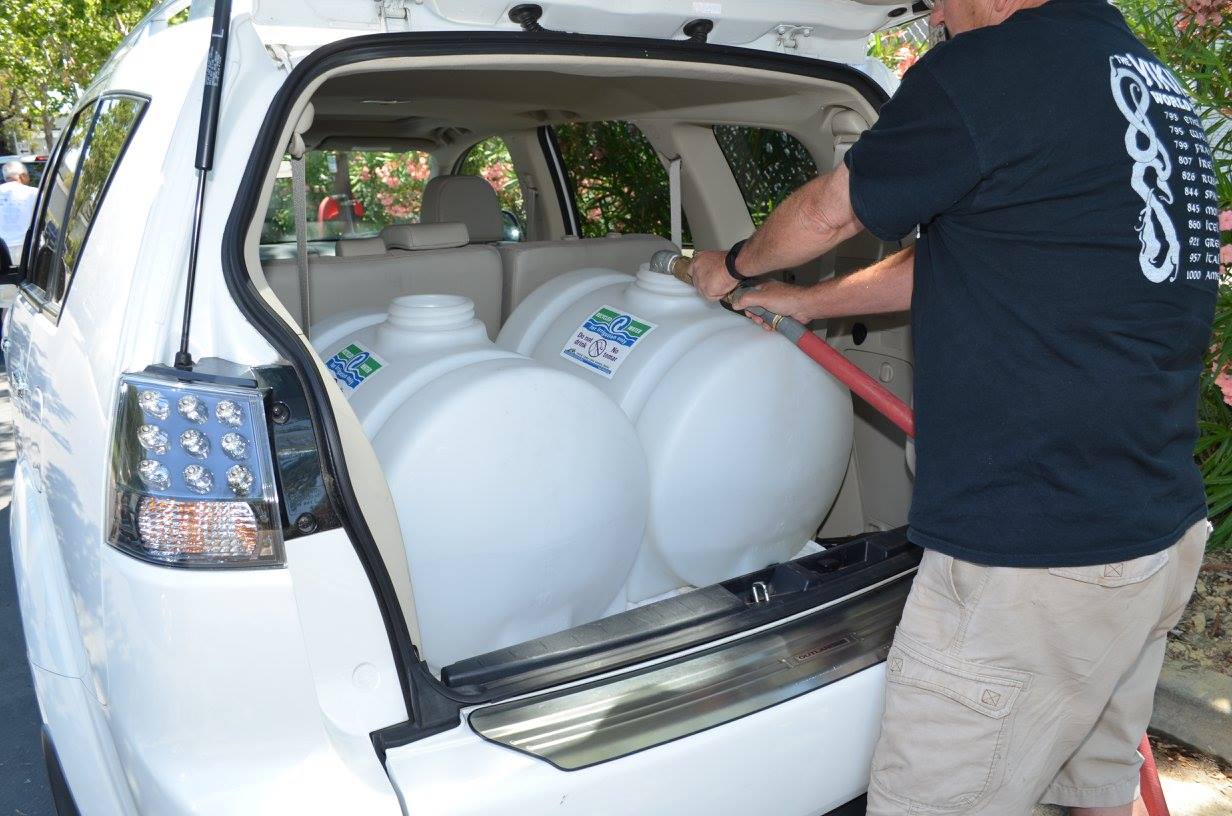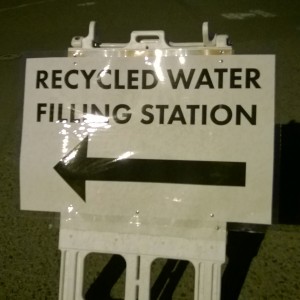 Water is a finite resource, much like oil. And water comes with a cost, much like oil. The difference is we need water to survive. Our bodies are made up of 55-65% water. Without it we dehydrate and eventually die. Some would argue that oil is the same way, except society lasted for thousands of years without it. However, the oil industry charges a steep price for oil. With those profits they build pipelines for the largest users, like airports use jet fuel and ships at port use diesel.
Water is a finite resource, much like oil. And water comes with a cost, much like oil. The difference is we need water to survive. Our bodies are made up of 55-65% water. Without it we dehydrate and eventually die. Some would argue that oil is the same way, except society lasted for thousands of years without it. However, the oil industry charges a steep price for oil. With those profits they build pipelines for the largest users, like airports use jet fuel and ships at port use diesel.
When it comes to water, we as a society have built pipelines to deliver water from faraway lands to other remote places. We’ve run pipes to our homes, businesses and parks. There are drinking water mains in the street that have charged hydrants for firemen to use, baseball and football stadiums are plumbed with the stuff and yes, even oil refineries use drinking water to manufacture the oil we need to keep everything mechanical running.
But water is cheap, maybe too cheap.
Continue reading
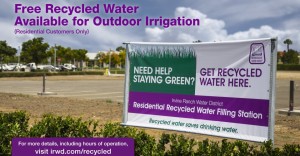 The 2015 Water Year just ended and more than 5,700 registered users hauled just shy of 45 million gallons of recycled water for irrigation at home. For a state locked in a historic 4 year drought this is very telling information.
The 2015 Water Year just ended and more than 5,700 registered users hauled just shy of 45 million gallons of recycled water for irrigation at home. For a state locked in a historic 4 year drought this is very telling information.
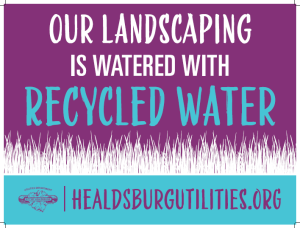
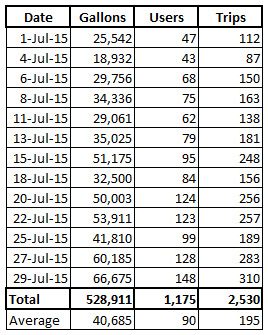
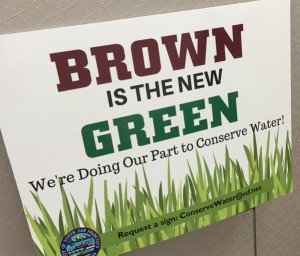 Lots of activity this time around. The twitter handle
Lots of activity this time around. The twitter handle